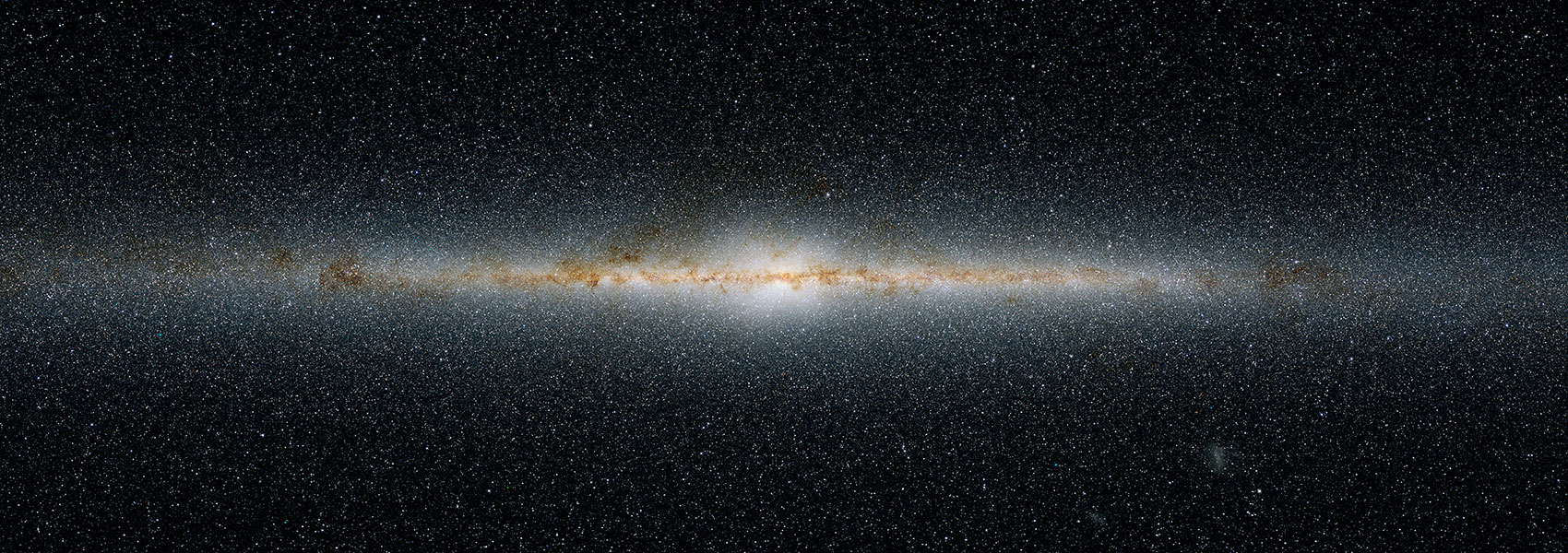April
1997
•
1997PASP..109..461F
Authors
•
Filippenko, A. V.
•
Matheson, T.
•
Leonard, D. C.
•
Barth, A. J.
•
van Dyk, S. D.
Abstract
•
We have obtained 18 moderate-resolution (~2.5 Angstroms) spectra of the Galactic X-ray Nova Ophiuchi 1977 in quiescence with the first of the W. M. Keck 10 m telescopes. Cross-correlation with the spectra of late-type dwarfs (especially K7) yields excellent radial velocities for the companion star. The orbital period (P) is 0.5229 +/- 0.0044 d, and the semiamplitude (Kc) is 447.6 +/- 3.9 km s^{-1}; these are consistent with the values previously derived by Remillard et al. (1996) from CTIO photometry (P = 0.5213 +/- 0.0013 d) and spectroscopy (Kc = 420 +/- 30 km s^{-1}). Our derived mass function, f(Mx) = PKc^3/2 pi G, is 4.86 +/- 0.13 M_odot (cf. 4.0 +/- 0.8, Remillard et al.), the third highest known for any low-mass X-ray binary. Being considerably above the conventional limiting mass for a neutron star (~3.2 M_odot), it strongly suggests that the compact primary is a black hole. Plausible mass estimates based on an inclination i = 70^circ (from ellipsoidal modulations) and Mc = 0.3-0.6 M_odot are Mx = 6.4-6.9 M_odot. (SECTION: Special Issue on Cataclysmic Variable Stars)
Links



